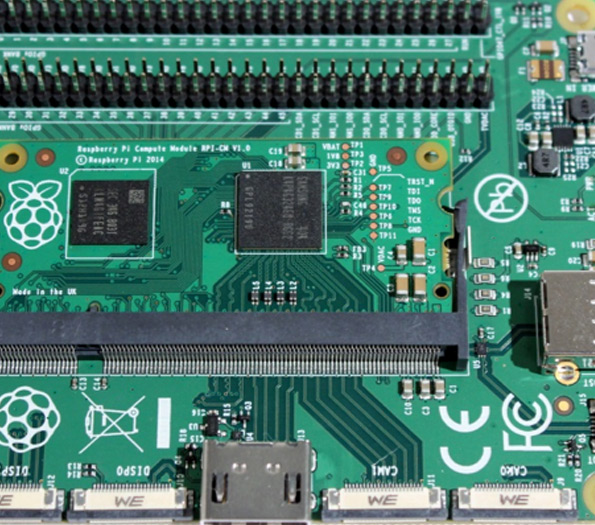

The Advantages and Applications of One-Way Reflective Glass
One-way reflective glass, often referred to as one-way mirror glass or two-way glass, is a unique type of glass that has gained popularity in various fields due to its fascinating properties. This innovative material serves as both a reflective and a transparent surface, depending on the lighting conditions. When one side of the glass is brightly lit and the other side is in darkness, the glass appears like a mirror from the brightly lit side while allowing visibility from the darker side. This characteristic makes one-way reflective glass highly desirable for a range of applications, from architecture to security.
Understanding the Science Behind One-Way Reflective Glass
The core concept of one-way reflective glass lies in its coating. The glass is typically treated with a thin layer of metal oxide that reflects a portion of the light that hits its surface. This coating allows light to penetrate from one side while reflecting light from the opposite side. The effectiveness of the one-way reflective feature depends significantly on the light difference between the two sides. For optimal results, the side intended to be reflective (the observation side) should be exposed to bright light, while the viewing side remains dimly lit.
Applications in Architecture and Interior Design
One-way reflective glass is highly sought after in architectural design, particularly in modern buildings. Its ability to provide privacy while still allowing natural light to permeate spaces makes it a popular choice for offices and residential areas. For example, glass facades installed with one-way reflective properties can shield the interiors from prying eyes without compromising the daylight entering the building. This aspect is especially beneficial in urban areas where buildings may be in close proximity to one another.
Furthermore, interior designers often utilize this glass in conference rooms and bathrooms, where privacy is a necessity. By installing one-way reflective glass, designers achieve elegant aesthetics while ensuring functionality. This glass can be used for partitions, allowing light to flow through while offering limited visibility from one side.
Security and Surveillance

Another significant application for one-way reflective glass lies in security and surveillance. Many security experts have embraced this technology for its ability to observe without being observed. One of the most common uses of one-way glass in this domain is in interrogation rooms, observation posts, and correctional facilities. Security personnel can monitor activities within these spaces unobtrusively, providing a layer of safety and discretion.
The reflective quality of the glass also deters unwanted intrusion. For instance, stores often use one-way reflective glass in their windows to monitor customers without the risk of being readily visible. This capability fosters a secure environment, helping to reduce theft and enhance customer experience.
Challenges to Consider
Despite its numerous advantages, one-way reflective glass is not without its challenges. The effectiveness of this glass can diminish when the lighting conditions change, potentially leading to a situation where visibility is possible from both sides. Additionally, the initial cost of installation can be higher than traditional glass, as it requires specialized manufacturing and handling.
Moreover, careful design consideration is essential to maximize its effectiveness. Architects and designers must plan the layout to ensure that the reflective side is adequately illuminated while maintaining darkness on the opposite side, which may not always be feasible in certain environments.
Conclusion
One-way reflective glass is a remarkable innovation that balances aesthetics and functionality. Its multifunctional properties make it a valuable asset in various applications ranging from architecture to security. As technology continues to evolve, we can expect to see even more creative implementations of this fascinating glass, further enhancing our daily environments while providing safety and privacy. Embracing one-way reflective glass could indeed revolutionize the way we design and use our spaces in the future.